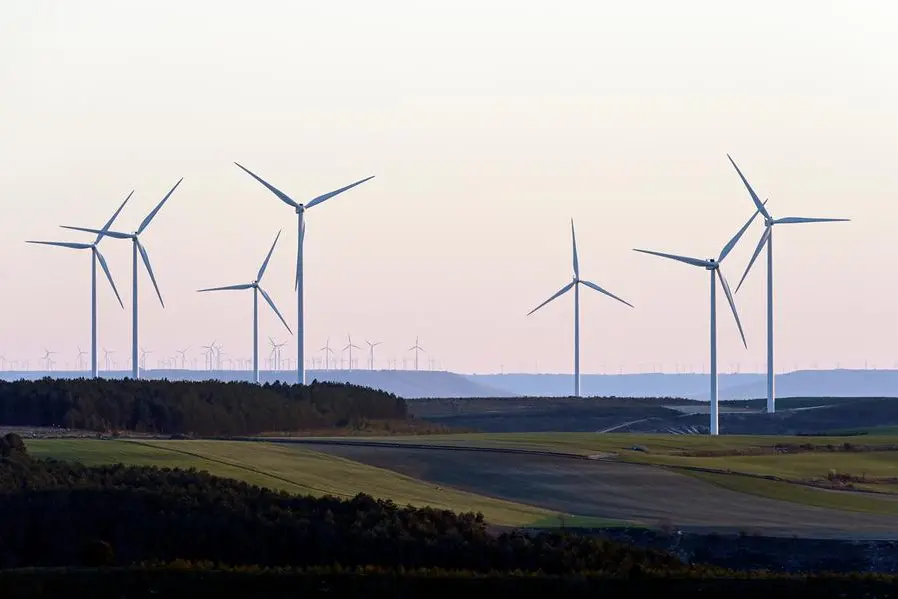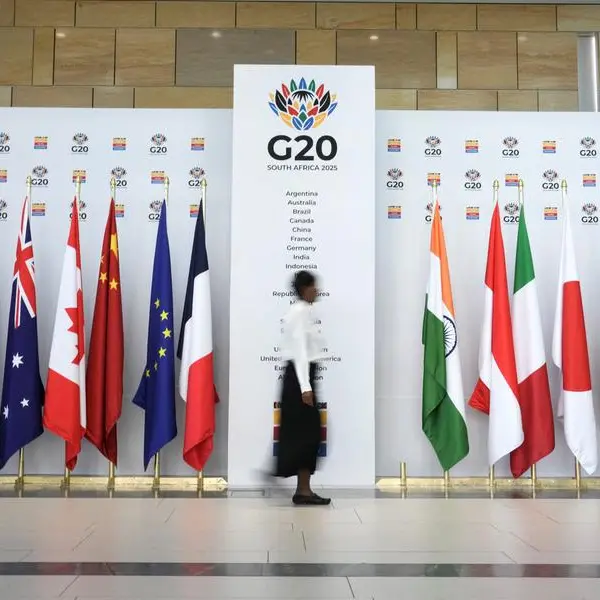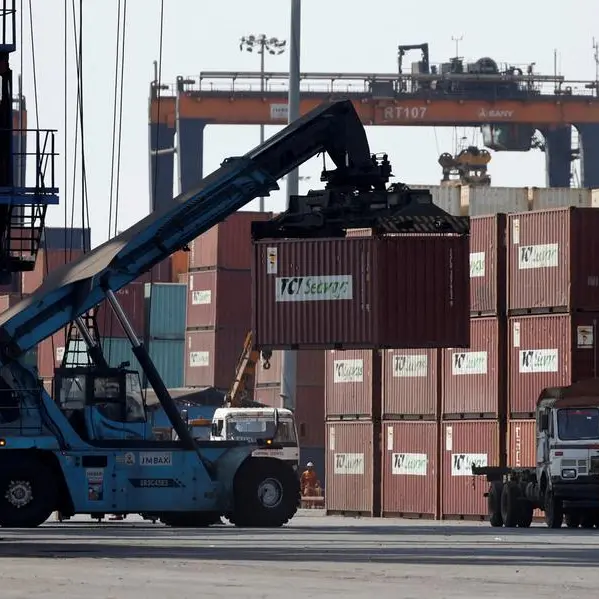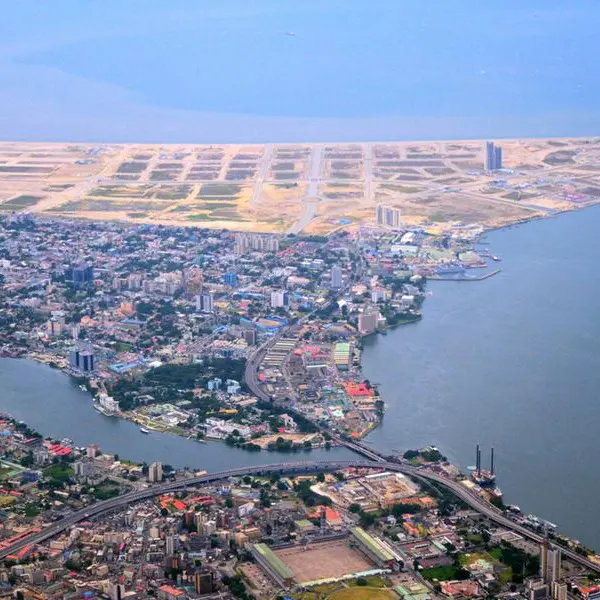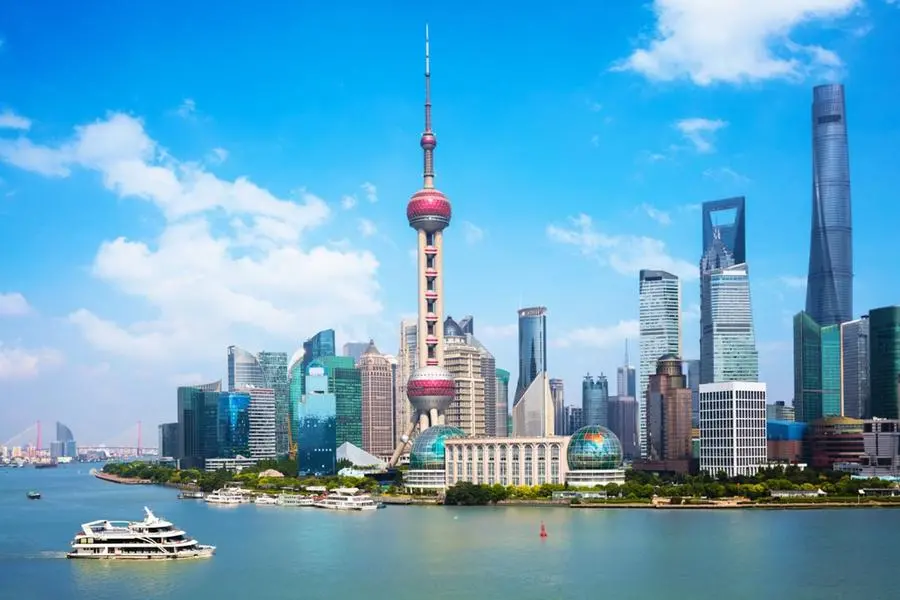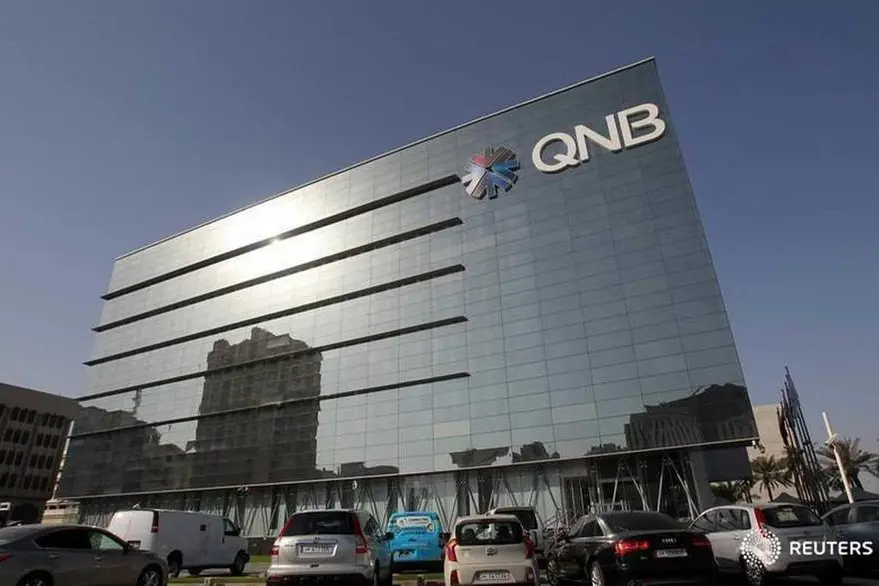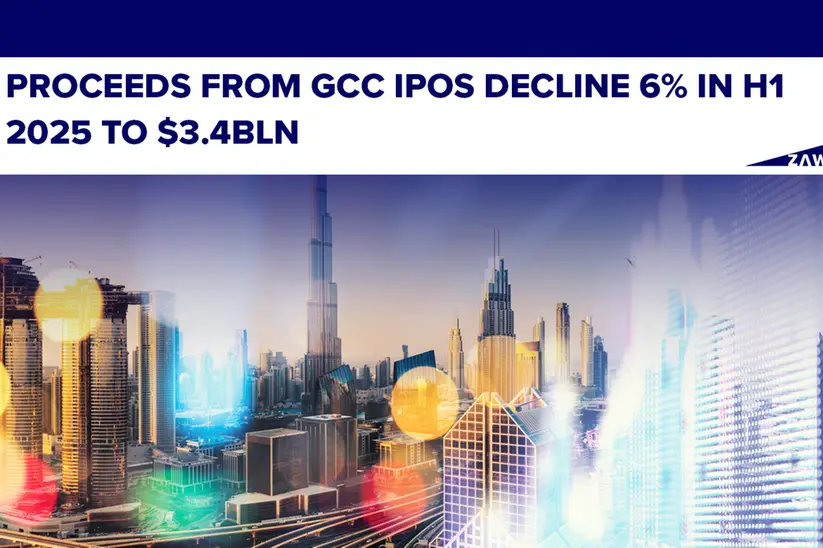PHOTO
This picture taken from Alto de Coculina, Burgos province, on April 4, 2023, shows wind turbines in a wind farm. (Photo by OSCAR DEL POZO / AFP) Image used for illustrative purpose.
Spain on Tuesday adopted a target for 81 percent of its electricity to come from renewable sources by 2030 to meet its climate goals.
In the plan, adopted by ministers and sent to the European Commission, the government committed to reducing greenhouse gas emissions by 32 percent compared with 1990 levels.
That marks a nine-point increase on the 23-percent target set out in the last plan from 2021.
To achieve this, the government promised to accelerate the deployment of renewable energies to produce 81 percent of Spain's electricity from "green" sources by the end of the decade -- a seven-point increase on 2021's 74-percent target.
"We believe this is an ambitious but achievable goal," said ecology minister Teresa Ribera, who was appointed last week as EU commissioner.
These targets will mainly be achieved by increases in solar and wind, which have grown more rapidly than expected in recent years, Ribera said.
This will reduce "Spain's energy dependency" on foreign sources, the minister added, projecting it will be reduced from 61 percent currently to 50 percent by the end of the decade.
In recent years, Spain has poured investment into solar and wind farms, predominantly located in the sparsely populated centre of the country, to take advantage of the Iberian peninsula's consistent sunshine and abundance of windy areas.
In 2023, Spain produced more than half its electricity from renewable sources for the first time in its history, according to the country's grid manager.
Over 23 percent came from wind and 14 percent from solar power.
The plan also raises government aims for so-called "green" hydrogen -- produced from renewable sources, as opposed to "grey" hydrogen made from fossil fuels without carbon capture.
In total, the plan commits to produce enough electrolysers -- machines used to make green hydrogen -- to generate 12 gigawatts' worth, compared to the four gigawatts previously planned.
Spain is at the forefront of the production of green hydrogen, which advocates consider essential to decarbonising industry and transport.
Madrid hopes to begin exporting the gas through a pipeline linking Barcelona to Marseille in France, which is expected to come into service in 2030.
However, critics say producing it at mass scale is a major challenge, as costs remain high and the infrastructure is so far lacking.
